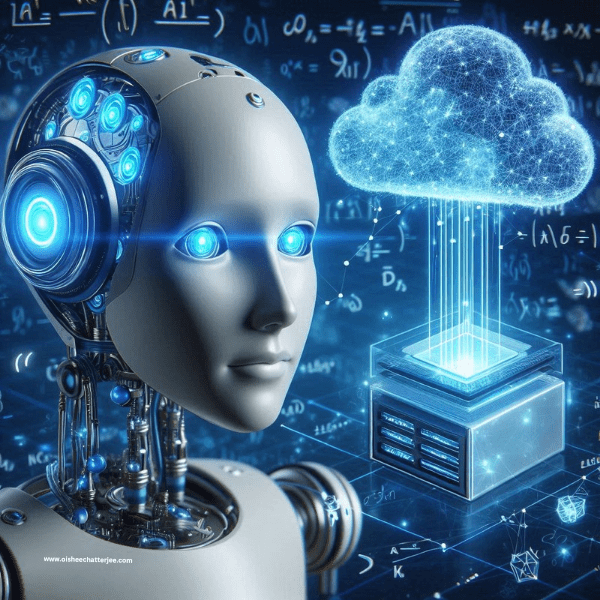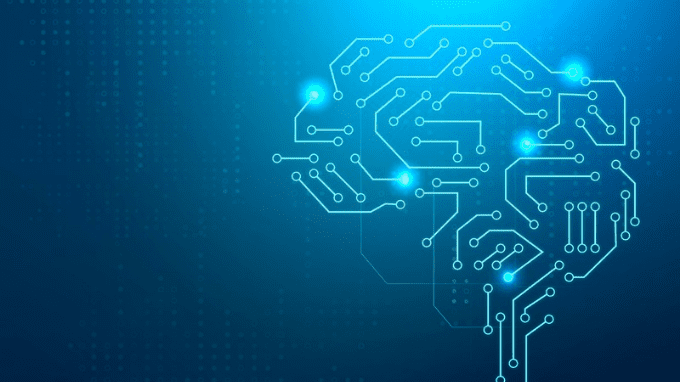Deep Learning: Making Your Tech World Smarter
You don’t need a Ph.D to learn about this!
Have you ever scrolled through your phone, and were amazed at how it seems to know exactly what app you’re looking for before you even finish typing? Or how Netflix keeps recommending shows you end up marathoning? Well, it’s all thanks to the magic of deep learning, a cutting-edge form of artificial intelligence (AI) that is rapidly transforming our world.
But what exactly is deep learning?
Don’t worry, you don’t need a Ph.D. in computer science to understand it! Let’s break it down in a fun and easy way:
Imagine your brain as a giant jungle gym with tons of slides, monkey bars, and climbing walls. So, this is like building a smaller, but way more powerful jungle gym inside your brain. This mini jungle gym has a network of tiny pathways through which information travels.
The more information travels through these pathways, the stronger they become. And guess what? The stronger the pathways, the better your brain (or in this case, the computer) gets at learning and doing stuff!

How is deep learning used in everyday life?
Supercharge your phone:
Deep learning is a type of AI , that helps your phone anticipate your needs, like suggesting apps you might love or even finishing your sentences before you type them out (think how Google always finishes the line for you!).
Self-driving car revolution:
Deep learning allows self-driving cars to “see” the road and navigate their surroundings, making them safer and more efficient (Tesla!).
Binge-worthy recommendations:
Have you ever felt lost in a show you can’t put down on Netflix? It is a type of AI that helps recommend movies and shows tailored to your preferences, ensuring you never waste time on something that you don’t like
Unforgettable facial recognition:
This AI, powers features like facial recognition in photos, making it easier to identify yourself and your friends (for example – Facebook!).
These are just a few examples, and deep learning’s reach extends far beyond our personal devices. In the US, giants like Amazon leverage deep learning to recommend products you might be interested in based on your purchase history, creating a personalized shopping experience.
Is deep learning going to take over the world?
(Spoiler alert: probably not!)
I would like to explain it simply. Deep learning is essentially a powerful tool, much like a hammer. You can use a hammer to build a birdhouse or smash a window – but after all, it all depends on the person wielding it. Similarly, it can be used for incredible advancements, like helping doctors diagnose diseases more accurately. On the other hand, it can also be used for less desirable things like creating fake news. Ultimately, the direction of it rests in our hands, the humans who create and use it.

Still have questions? Don’t worry, we’ve got you covered! Check out the FAQ section below for answers
FAQs
What are examples of deep learning?
Deep learning is used in a wide variety of applications, including:
- Image recognition (e.g., facial recognition, self-driving cars)
2. Natural language processing (e.g., machine translation, chatbots)
3. Speech recognition (e.g., voice assistants, dictation software)
4. Recommendation systems (e.g., Netflix recommendations, Amazon product recommendations )
What is deep learning vs machine learning?
Deep learning is a subset of machine learning. Machine learning algorithms are trained on data to learn patterns and make predictions. Deep learning algorithms are a type of machine learning algorithm that uses artificial neural networks to learn patterns.
Artificial neural networks are inspired by the structure and function of the human brain.
What are the three types of deep learning?
There are many different types of deep learning algorithms, but some of the most common include:
- Convolutional neural networks (CNNs): CNNs are at image recognition tasks.
2. Recurrent neural networks (RNNs): RNNs are at tasks that involve sequential data, such as natural language processing and speech recognition.
3. Generative adversarial networks (GANs): GANs are a type of deep learning algorithm that can be used to generate new data, such as images or text.
Does ChatGPT use deep learning?
Yes, ChatGPT is a large language model chatbot developed by OpenAI that uses deep learning
Source: aws
You May Also Like to Read: AI Crypto




